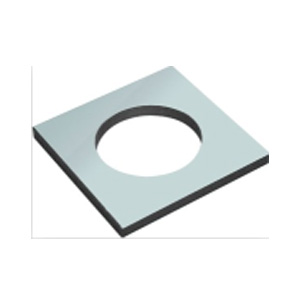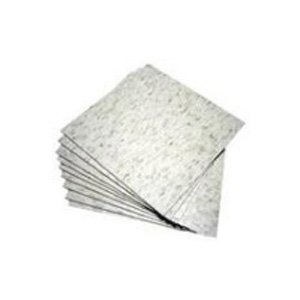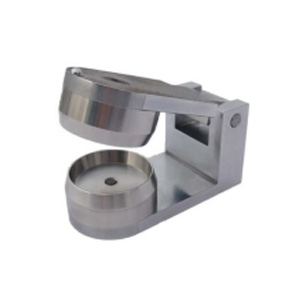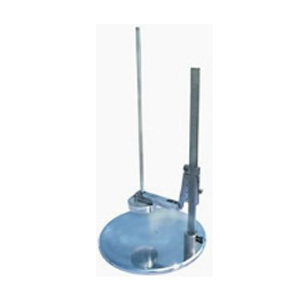LT-WJ13 Bending test splint
|
Technical parameters |
| 1. Material: Stainless steel S.S.T. |
| 2. Volume: 100*88*25mm |
| 3. Weight: 180g |
| 4. Scope of application: Toys containing flexible supporting wires and rods for children aged 96 months and below. |
| 5. Determination: Test objects such as edges, sharp points, small objects (under three years old) are considered unqualified. |
|
Application method |
| 1. Fix the toy on a vise equipped with a bending splint, test the component vertically, and then bend the wire 120° in the opposite direction; |
| 2. Bend the 2in position of the tested object vertically with a force of 60°, if the size is not 2in, the force is applied to the test chart;
Age group American standard European standard Chinese standard 0 ~ 18 months 10±0.5LBS 70±20N 70 N ± 2N (all forces tested) 18 ~ 36 months 15±0.5LBS 70±20N 70 N ± 2N (all forces tested) 36 ~ 96 months 10±0.5LBS 70±20N 70 N ± 2N (all forces tested) |
| 3. No matter whether the wire or rod is wrapped with other materials (plastic, rubber), it is necessary to enter the flexure test; |
| 4. During the test, pay attention to the frequency of deflection, if the deflection speed is too fast, it will affect the accuracy of the test results; |
| 5. The rod antenna used by remote control toys does not need to be tested. This test applies to the metal wires and rods that play a soft support role, and the rod antenna has a certain degree
Rigid, not soft. |
|
Standard |
| ● USA: 16 CFR 1500.48/16 CFR 1500.49;
● EU: EN 71; ● China: GB 6675-2003 A.5.3. |
















